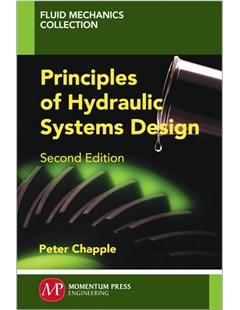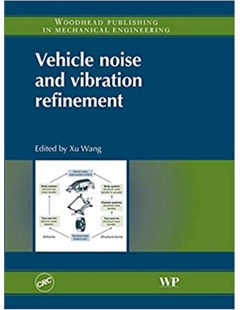Principles of Hydraulic System Design
Fluid power systems are manufactured by many organizations for a very wide range of applications, embodying different arrangements of components to fulfill a given task.
2008
Fluid power systems are manufactured by many organizations for a very wide range of applications, embodying different arrangements of components to fulfill a given task.
Hydraulic components are manufactured to provide the control functions required for the operation of a wide range of systems and applications. This second edition is structured to give an understanding of:
• Basic types of components, their operational principles and the estimation of their performance in a variety of applications.
• A resume of the flow processes that occur in hydraulic components.
• A review of the modeling process for the efficiency of pumps and motors.
This new edition also includes a complete analysis for estimating the mechanical loss in a typical hydraulic motor; how circuits can be arranged using available components to provide a range of functional system outputs, including the analysis and design of closed loop control systems and some applications; a description of the use of international standards in the design and management of hydraulic systems; and extensive analysis of hydraulic circuits for different types of hydrostatic power transmission systems and their application.
Peter, J. Chapple. "Principles of Hydraulic System Design." (2008).
 |  |  |
| Principles of Hydraulic System Design | Vehicle Dynamics Theory and Application | Vehicle noise and vibration refinement |

Thứ Sáu, 13:32 09/07/2021
Copyright © 2018 Hanoi University of Industry.